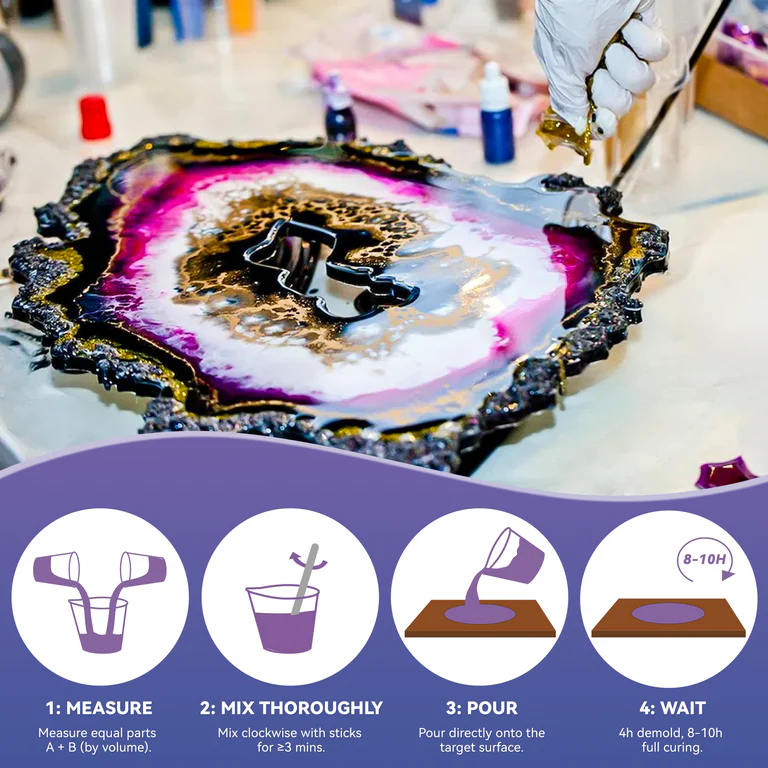Cracking String Patterns in Snowflake OA: The Key to Passing Your Technical Assessment
If you’re preparing for a technical role at Snowflake, you’re likely aware that their online assessment (OA) is no walk in the park. Snowflake, a rapidly growing data platform company, sets a high bar for technical excellence. Among the many topics you might encounter in their OA, string manipulation and pattern detection are both common and complex.
In this blog post, we’ll focus on one of the most frequent problem types: string patterns Snowflake OA. Understanding how to approach and solve these challenges is essential if you want to make it to the next round in your application process.
What Are String Patterns in Snowflake OA?
The string patterns Snowflake OA questions test your ability to recognize, manipulate, and match patterns within strings using algorithms. Unlike basic string reversal or substring search problems, these challenges require:
- Strong logic and reasoning
- Understanding of character frequency
- Familiarity with hash maps, sliding windows, and two-pointer techniques
You may be asked to find repeating patterns, check for valid encoding, or even compress/decompress strings based on a defined pattern logic. These are not just “easy wins” — they’re designed to test real-world coding proficiency.
Common Types of String Patterns in Snowflake OA
Based on candidate experiences and public forums, here are the most frequent string patterns Snowflake OA problem types:
1. Pattern Matching
These questions involve checking if a given string follows a specific format. For example:
“Given a pattern ‘abba’ and a string ‘dog cat cat dog’, return true if the string follows the same pattern.”
This requires mapping characters and verifying bijective relationships between them.
2. Valid Anagram or Isomorphic Strings
Often seen in coding assessments, these problems ask:
- Are two strings composed of the same characters in a different order?
- Do two strings share the same structure?
They test your understanding of data structures like hash maps and sets.
3. Sliding Window Substring Matching
These are among the hardest string patterns Snowflake OA questions. For example:
“Find all start indices of p’s anagrams in s.”
This requires real-time comparison of substrings using sliding window and frequency counting — a favorite for companies like Snowflake due to its efficiency focus.
4. Pattern Compression or Encoding
Some questions might ask you to:
- Compress repeated substrings
- Decode a nested string like “3[a2[c]]” to “accaccacc”
These types push you to apply stack-based recursion and character parsing, showing your depth of thinking.
How to Prepare for String Patterns in Snowflake OA
1. Master the Core Techniques
To solve string patterns Snowflake OA problems quickly and accurately, make sure you’re confident with:
- Hash Maps for frequency counting and one-to-one mapping
- Two-Pointer Techniques for substring boundaries
- Sliding Window to reduce time complexity from O(n²) to O(n)
- Stacks and Recursion for parsing and decoding logic
2. Use LeetCode’s Tagged Practice Sets
Go to LeetCode and filter by “String” and “Hash Map” tags. You can also specifically look for “Snowflake” in the company section to find problems that align closely with actual OA patterns.
Key problems to practice:
- Group Anagrams
- Minimum Window Substring
- Word Pattern
- Encode and Decode Strings
3. Simulate Real OA Conditions
Use platforms like HackerRank, Codility, or CodeSignal to simulate test environments. Time yourself on 60-minute problem sets with at least one string manipulation challenge included.
What Candidates Say About String Patterns in Snowflake OA
Here are paraphrased real experiences from candidates who’ve faced the string patterns Snowflake OA:
“I had to find whether a pattern and a string match one-to-one. It was tricky at first, but once I used two hash maps, it clicked.”
“They gave me a compressed string and asked to decode it recursively. I messed up edge cases, so definitely test your code thoroughly.”
“I practiced sliding window problems and that helped. The anagram search question they gave was nearly identical to a LeetCode one.”
Final Tips to Excel in Snowflake OA String Questions
- Test edge cases: empty strings, repeated characters, and special symbols.
- Write helper functions: modular code makes debugging faster.
- Avoid brute-force: Time complexity matters. Use O(n) solutions wherever possible.
- Communicate clearly (if in a live version): Explain your thought process step-by-step.
Conclusion: Mastering String Patterns Gives You the Edge
When it comes to coding assessments, string patterns Snowflake OA questions are some of the most important to get right. They test not just your ability to code, but your understanding of core computer science concepts and real-world algorithmic thinking.
With structured practice, a deep understanding of patterns, and strong fundamentals, you can turn these challenges into a showcase of your skills.















